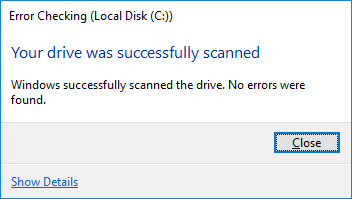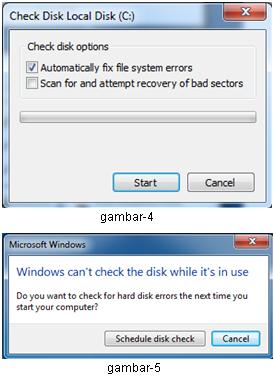

When prompted Are you sure?, press, and then press.Type Fixboot x:, where x is the drive letter of the partition the computer is logged into, and press.When prompted Are you sure?, press, and then press.


Click the Start button to start the process.To perform a complete check of the hard drive for errors, check off both options in the pop-up check disk window. Click on the Tools tab in the Properties window.Right-click the drive to perform a check disk and then, select Properties.Click Start and then click My Computer.Run CHKDSK in Microsoft Windows 10, Windows 8.1, and Windows 7 The final section explains how to troubleshoot errors you might encounter running the CHKDSK program. The following sections explain how to run the Check Disk option in Windows XP, Vista and 7. For more comprehensive information, see the Microsoft article Chkdsk which discusses CHKDSK options and parameters in detail. This topic covers the most frequently used aspects of CHKDSK . See the Troubleshooting Check Disk section at the end of this topic for more details. Interrupting CHKDSK by restarting the system can result in the creation of additional errors. You wrote "then you could run one of the other chkdsk commands" yeah, but running /f /r is better than running it without repair the first time, because why do that when I can just run repair at the same time right away? But that is not my issue here, the issue is why it takes hours longer when using the build in chkdsk at reboot vs the software I used.Warning: Do not interrupt CHKDSK while it is running unless certain that the program has frozen or shows an error message. For example, if it's k drive i write k: /f /r I don't run it at EVERY boot, just once because i want to check it.Īnd i am 100% certain its the right Partition i check, because in AOMEI you have to right-click the disk you want checked, and i know 100% it's the same disk when I use the windows chkdsk. > How to Use the Chkdsk Command in Windows - Lifewire If there is a problem, then you could run one of the other chkdsk commands to hopefully correct ANY errors or integrity problems. It will run in a very short time and produce the results for you to look at. You will be better off just checking the %SystemDrive% rather than doing that > chkdsk %SystemDrive%. Is there any particular reason why you run that at EVERY Boot ? Do you know for certain which Partition the chkdsk is run on ?


 0 kommentar(er)
0 kommentar(er)
